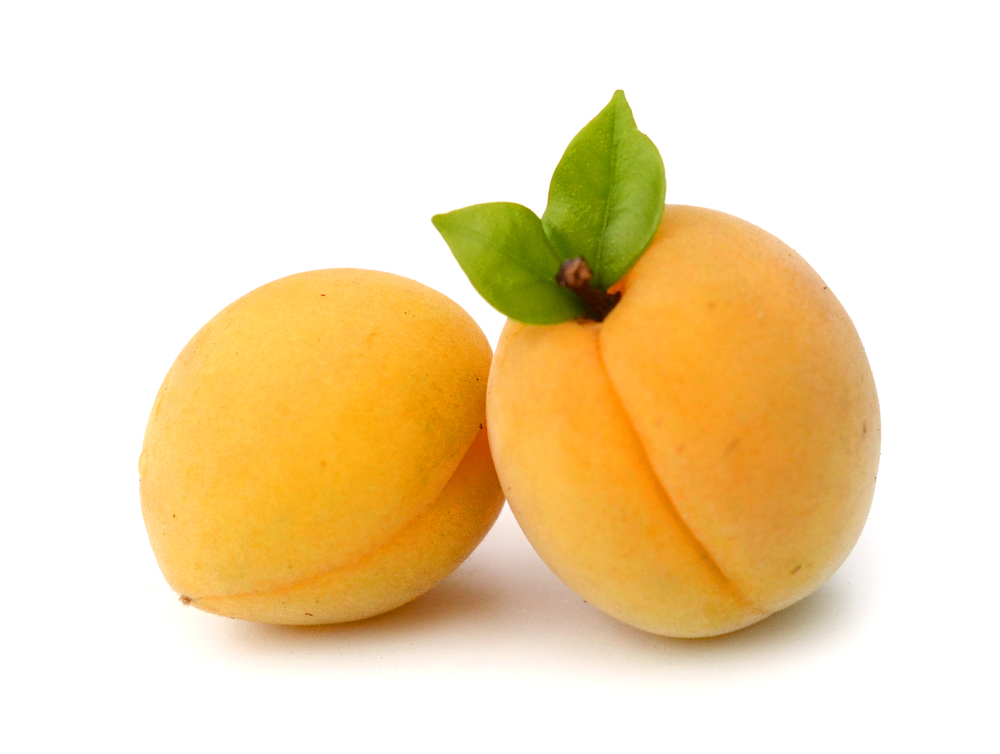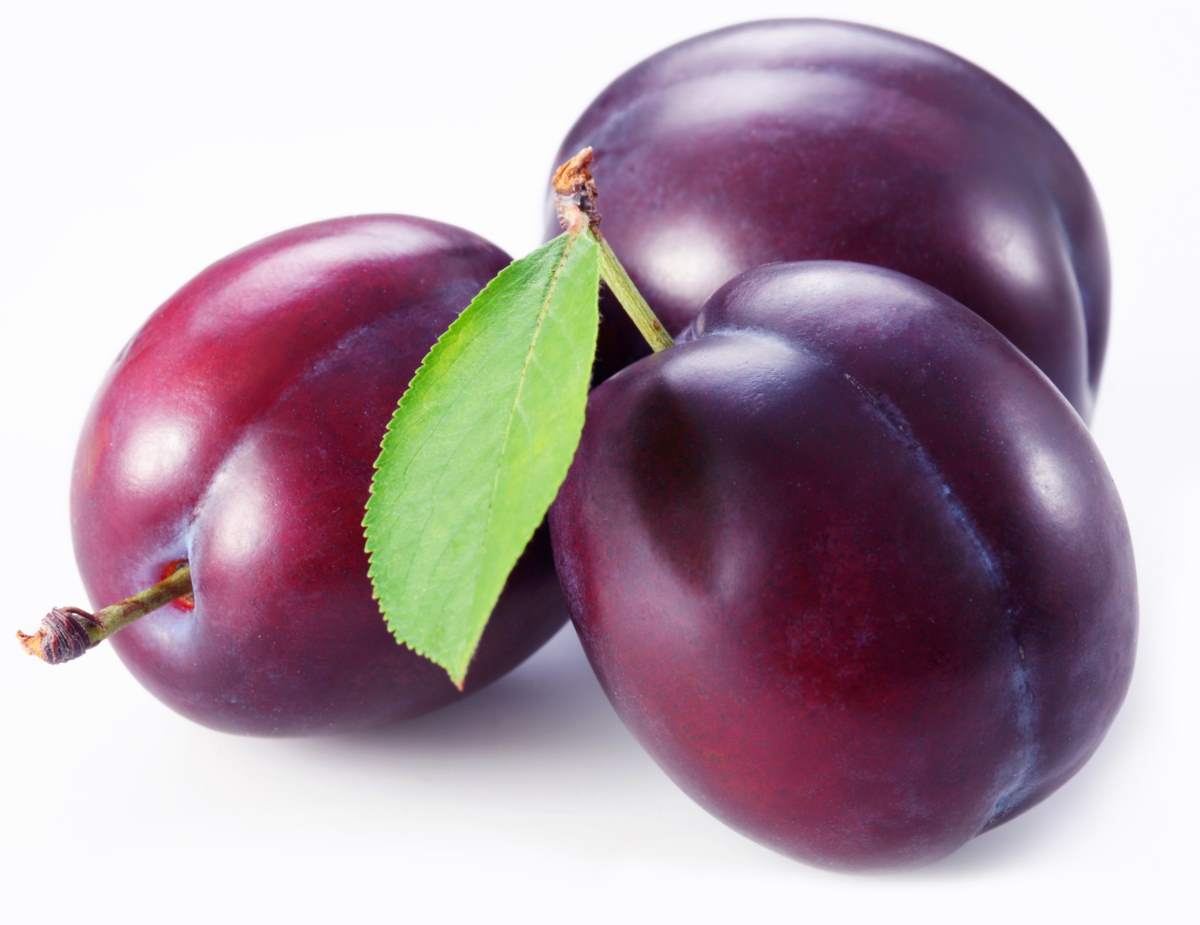White Jade Cherry (Prunus avium ‘Bái Yù’): Fruit Characteristics, Variety Traits, Nutrition, and Distribution
The White Jade Cherry (Prunus avium ‘Bái Yù’) is a cultivar of sweet cherry known for its distinctively light-colored fruits.
Fruit Characteristics
White Jade Cherries are drupes that are generally round or slightly heart-shaped, with a medium size of about 2-2.5 cm in diameter. When ripe, their skin turns a unique milky white or pale yellow with an occasional light pink blush. The flesh inside is also white or pale yellow, with a fine texture that offers a sweet and juicy flavor with low acidity and mild fragrance. Each fruit has a smooth, round pit in the center.
Variety Traits
This variety matures in the mid-to-late season compared to other red cherry varieties. Its distinctive color gives it market appeal. The yield is moderate, but the trees are vigorous. However, due to its lighter skin color, it might be more prone to bird damage than red cherries.
Nutritional Value and Potential Benefits
White Jade Cherries share the general nutritional benefits of sweet cherries, including being rich in carbohydrates, dietary fiber, vitamins (such as Vitamin C and Vitamin A), and minerals (such as potassium). Despite their lighter hue, they still contain antioxidants like flavonoids but may have lower levels of anthocyanins compared to darker cherries. Eating these cherries can help hydrate you and provide energy.
Distribution and Cultivation
Originating from China, White Jade Cherries are grown in specific regions within the country. Their unique taste and appearance make them popular among certain consumers. These temperate fruit trees thrive in cool, dry springs and warm summers with well-drained, fertile soil and plenty of sunlight. They are primarily propagated through grafting.



